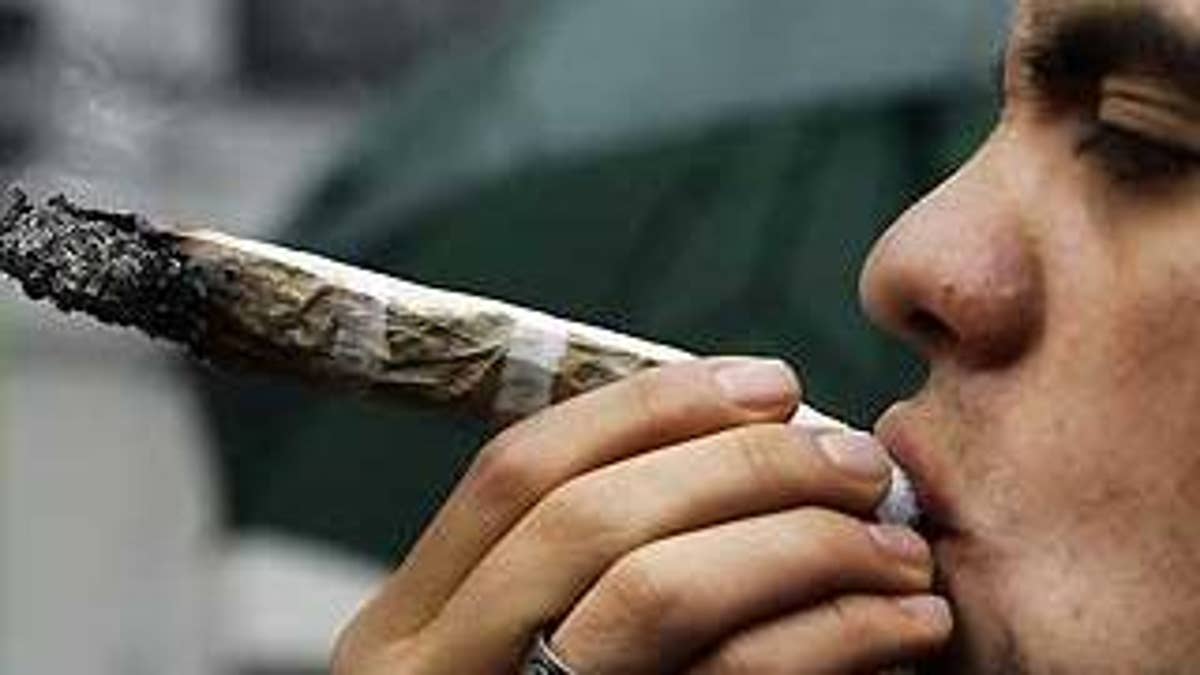
With its state parks and summer schools on the chopping block, budget-busted California could see a $1.4 billion windfall if it legalizes and taxes the sale of marijuana, the state tax board found in an analysis that was published last week.
But a close look at that $1.4 billion figure raises a timely and important question:
What in blazes were they smoking?
To reach that amount, the board apparently relied on a source that relied on a source that misquoted a book that misquoted a study, all involving a hazy mix of out-of-date numbers, high margins of error and complete guesswork that could be a mere $700 million off the mark.
California's Board of Equalization published its much ballyhooed analysis last week of a bill that would tax pot like alcohol and also levy an extra $50 fee on every ounce (which already costs about $400), a green godsend the bill's sponsor says the state can't afford to pass on.
"It defies reason to propose closing parks and eliminating vital services for the poor while this potential revenue is available," State Assemblyman Tom Ammiano said in a statement.
According to the tax commission's report, Californians consume 16 million ounces of pot every year -- 1 million pounds exactly -- a suspiciously round number the report said was derived from a "literature review" of "law enforcement and academic studies."
That number would go up even more, it said, if prices dropped by half as the drug became legal.
But FOXNews.com took a close look at the board's analysis and found a $700 million kink in its accounting.
The board appears to have based its 16-million-ounce guess on a problematic "study" conducted by the founder of a pot-growing university in Oakland and by the director of California's branch of NORML, the National Organization for the Reform of Marijuana Laws.
But the fact is, no one -- not even law enforcement agencies -- really knows how much weed gets smoked in California, because self-reported users can and do lie on government surveys.
Drug Enforcement Administration agents in California said they "don't really track users," the Drug Czar's office said it doesn't follow the amount of pot consumed, and the California Highway Patrol said they "do not have those types of statistics."
So how did California's figures get so . . . high?
A spokeswoman for the tax board told FOXNews.com that the board calculated its $1.4 billion guesstimate based on four publications, a story on CNBC, some unnamed "Harvard studies" and Internet searches.
But the spokeswoman named only one source that addresses hard consumption in California: a 3-year-old financial report to Oakland's medicinal marijuana oversight committee, the one that was composed by the pot school head and the state's director of NORML -- two staunch advocates of legalization.
The report offers an estimate of how much marijuana Californians smoke in one year: 16 million ounces exactly -- the same even number the state board is using.
But that 16 million ounce figure -- the heart of the matter -- was clipped verbatim from another report prepared by NORML that has been online in the same form for at least six years.
But after only a quick look, those numbers went up in smoke. The NORML report based some of its figures on a book called "The Science of Marijuana," which in turn appears to have misquoted an annual study of regular smokers conducted at music festivals and pot rallies in Britain.
The book says the study found that daily marijuana users smoke about 2 ounces a month (56 grams), but the study actually found that they used just over an ounce a month (34.25 grams).
NORML's numbers, which seemingly became the state's numbers, are really a composite formed from the product of several old studies that measured the number of Californians who smoked in the last month, who smoke daily, the average amount a "daily smoker" smokes, the average amount a "regular smoker" tokes and a guess at how much everyone else is using.
According to national numbers from the National Survey on Drug Use & Health, there are now more people smoking month by month than when NORML ran their numbers. But in referring to the British study, they essentially tripled the amounts that regular users consume on a monthly basis. Also, fewer smokers indulge daily than NORML thought.
And a few grams here and there really add up: Using the same essential equation produced by NORML but updating the numbers with data from the U.S. government's most recent national survey and the real figures from the British study, FOXNews.com found pot consumption to be about half of NORML's estimate -- between 8 and 10 million ounces a year.
That number still relies on guesswork and is cobbled together from British and U.S. government estimates of self-reported data from different years -- a hodgepodge mix just like NORML's debunked number.
But the California state estimate doesn't factor in at all a continuing black market for untaxed marijuana that, without the extra fees, might cost $1,000 less a pound. And as the analysis does note, the law "would incur substantial administrative costs" for the tax board and would actually kill other tax revenue the state already earns from cigarettes and alcohol as citizens steer their money toward pot.
On the flip side, because self-reported drug use is probably a good deal lower than real consumption, California could be seeing extreme green. Another study mentioned explicitly in the tax board's review (one whose full implications are seemingly ignored) indicates that Californians could be consuming nearly 3 million pounds of pot a year.
So at the end of the joint is this bottom line: No one -- neither the tax board nor weed advocates -- really knows how much the Golden State is smoking. If the state legalizes marijuana, it could get a life-saving lift for its crumbling economy, or it could could see all its revenue-earning dreams go to pot.




